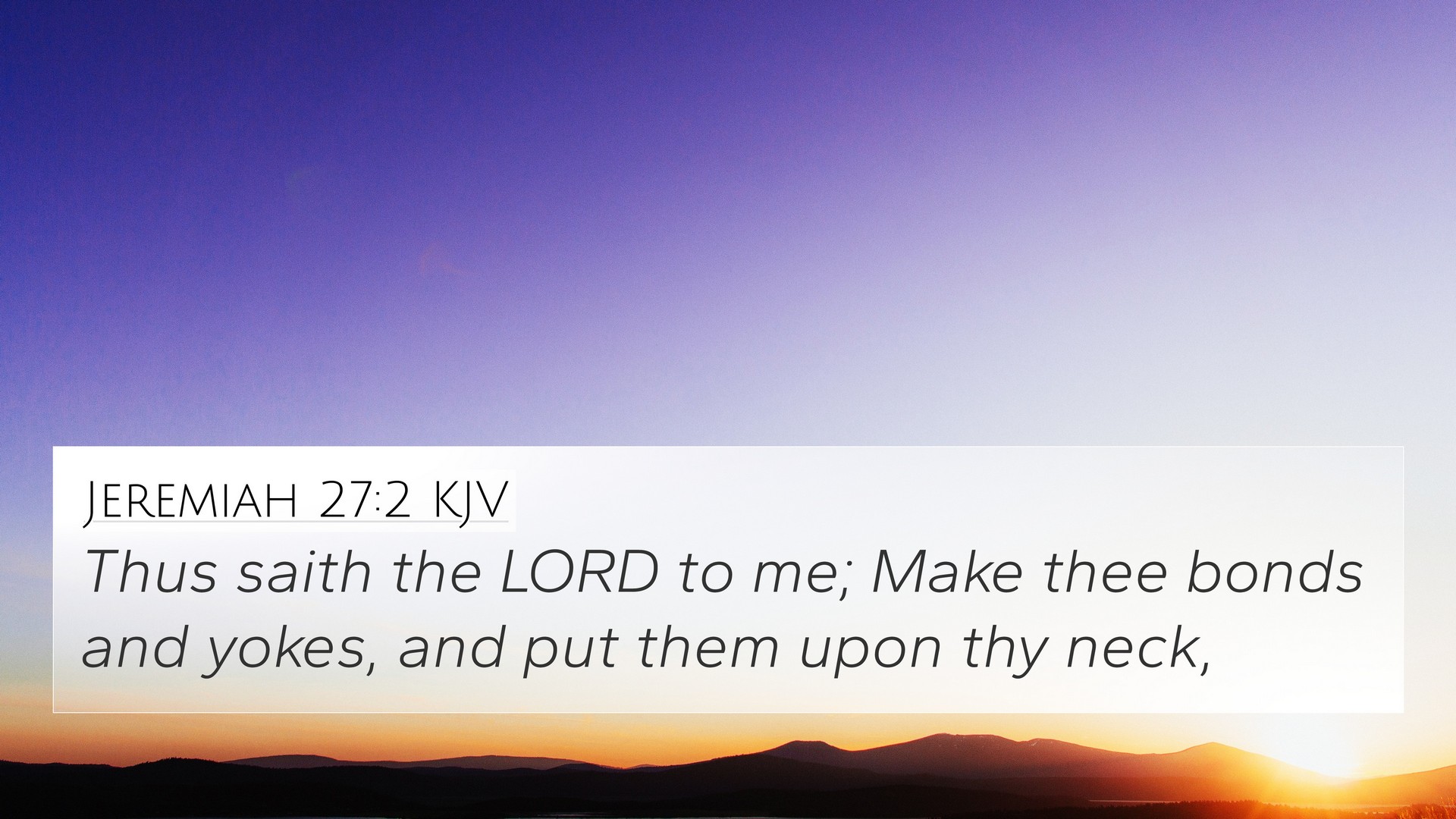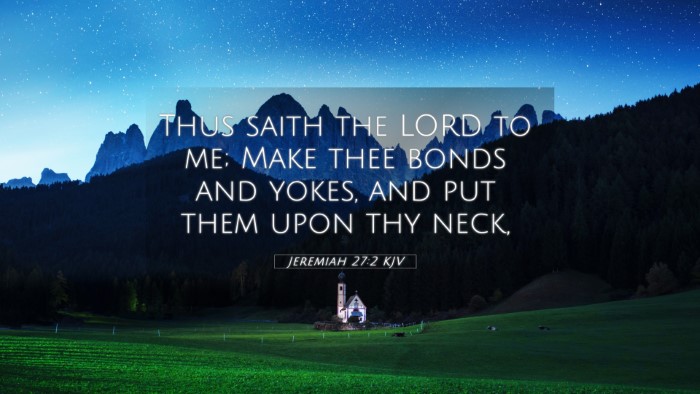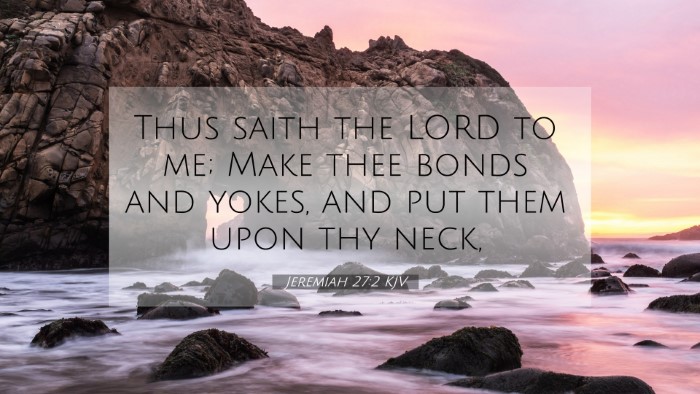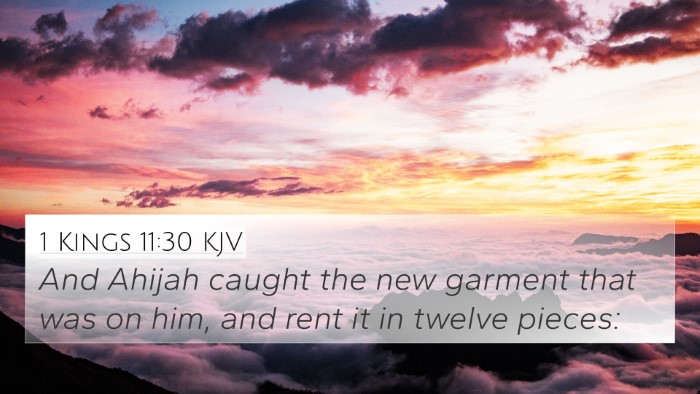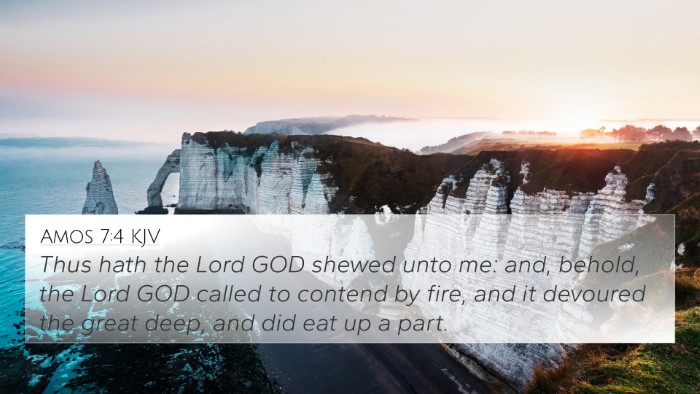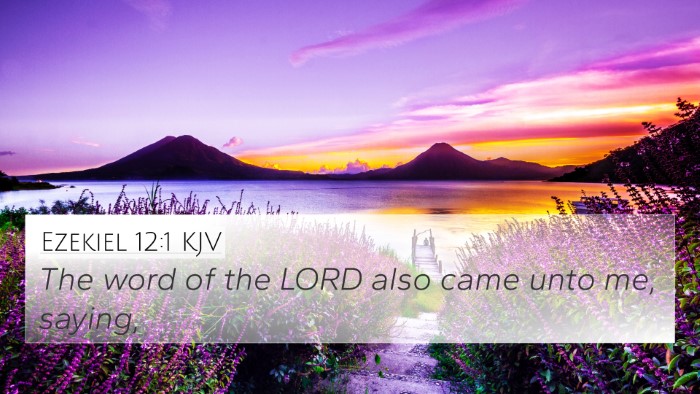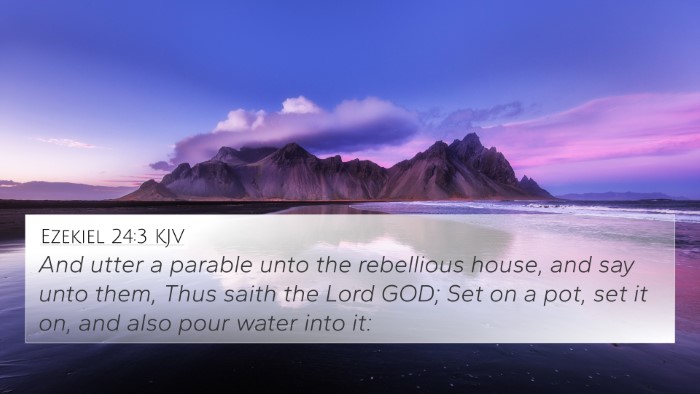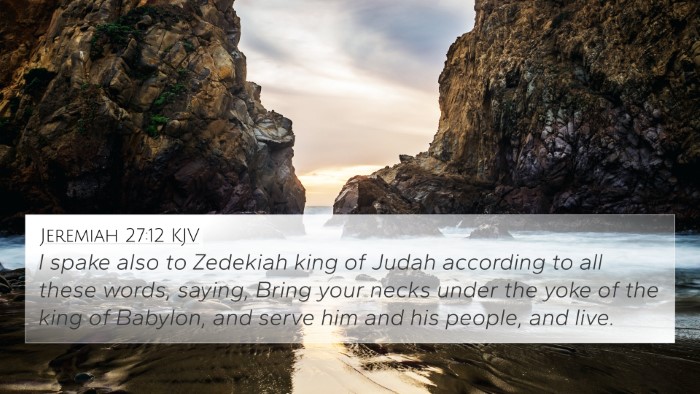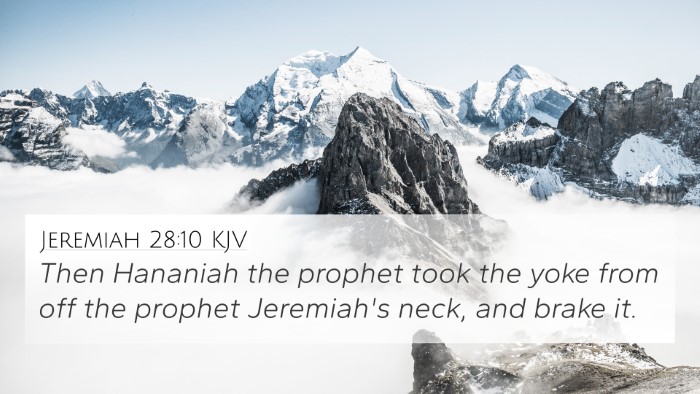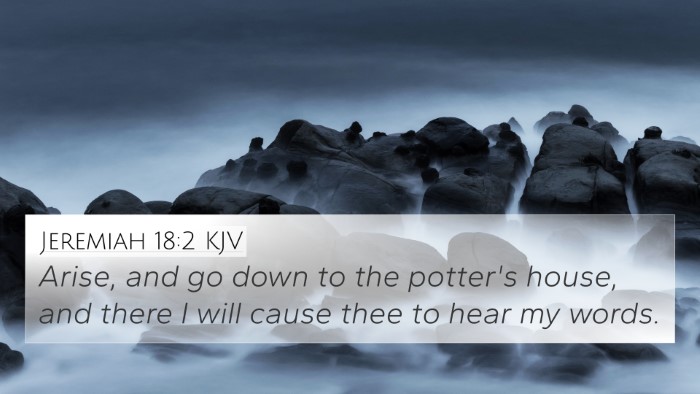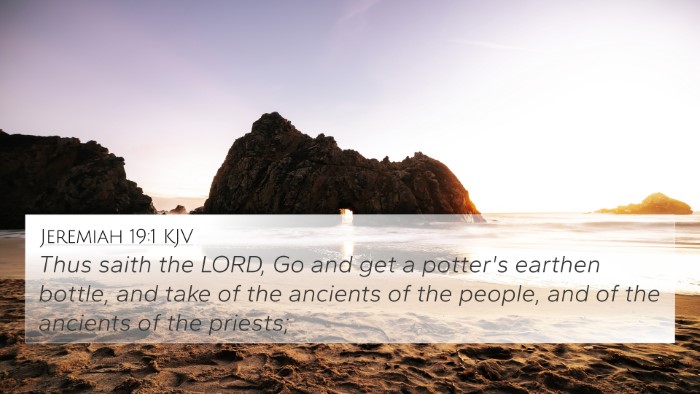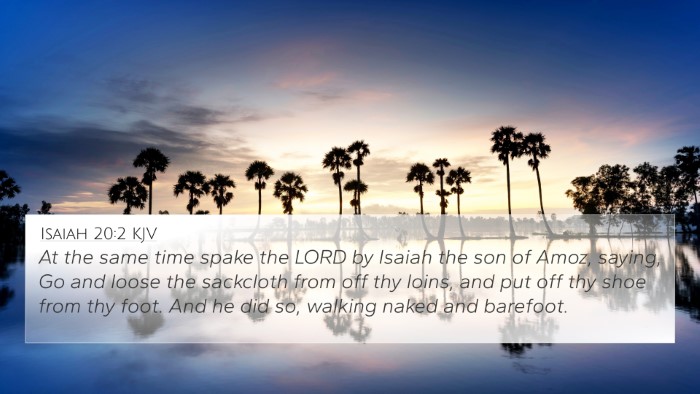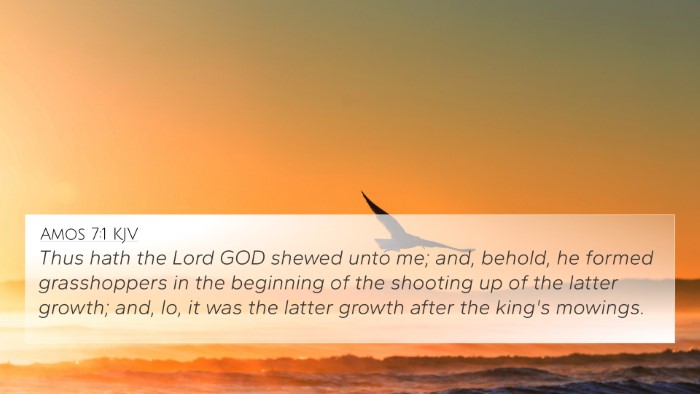Understanding Jeremiah 27:2
Bible Verse: Jeremiah 27:2 - "Thus says the Lord to me: Make for yourself bonds and yokes, and put them on your neck." This verse captures a pivotal moment where God commands Jeremiah to demonstrate a visual lesson regarding Babylon's impending dominance over Judah.
Context and Overview
This command from the Lord is intended as a prophetic sign to the people of Judah. The use of physical symbols, such as bonds and yokes, serves to illustrate the reality of their circumstances under foreign rule. In the broader context of the Book of Jeremiah, this verse emphasizes themes of submission, divine authority, and the consequences of disobedience.
Commentary Insights
The insights from prominent public domain commentaries offer a rich understanding of this verse:
- Matthew Henry: Henry comments on the significance of the yoke as a symbol of servitude. He notes that God directed Jeremiah to wear a literal yoke to signify how Judah must submit to Babylon. This act was to prepare the people for the reality of their subjugation.
- Albert Barnes: Barnes highlights the practical aspect of the command. He suggests that this prophetic symbol was a dramatic way to convey God's message, showing how the bondage under Babylon was not just inevitable but also divinely ordained as a result of Israel’s prior transgressions.
- Adam Clarke: Clarke emphasizes the spiritual implications of the yoke. He points out that the yoke represents God’s sovereign will and the reality of sin. Through this imagery, God intended to bring repentance among the people of Judah as they faced the consequences of their actions.
Thematic Connections
This verse also connects thematically to several key concepts in Scripture:
- Submission to Authority: Jeremiah 27:2 echoes other scriptures emphasizing submission, such as Romans 13:1, where Paul instructs believers to obey governing authorities.
- Divine Judgment: The yoke serves as a symbol of judgment akin to Isaiah 10:5, where Assyria is described as the rod of God's anger against Israel.
- Restoration and Hope: Despite the yoke of oppression, the theme of eventual restoration is seen in Jeremiah 29:10-11, reminding the people of God's plans for peace and hope beyond their current trials.
Cross-References
This verse can be cross-referenced with several others for deeper insight:
- Isaiah 20:1-4: A prophetic sign involving a yoke and its implications for Egypt and Cush's captivity.
- Jeremiah 28:10-11: The false prophet Hananiah broke the yoke Jeremiah had made, illustrating conflict between true and false prophecy.
- Galatians 5:1: Paul speaks of freedom and the yoke of bondage, drawing a contrast to Jeremiah's prophetic yoke.
- Lamentations 1:14: The consequences of sin are lamented, symbolizing the burdens borne by the people.
- Matthew 11:29-30: Jesus offers a different kind of yoke, one of grace and rest, contrasting the heavy yoke of sin and consequence.
- Acts 15:10: The early church debates the burden of the law in relation to the yoke of legalism.
- 2 Chronicles 36:15-21: The narrative of Judah's fall and captivity under Babylon reinforces the thoughtful warning in Jeremiah 27.
Tools for Bible Cross-Referencing
Understanding the connections between Bible verses enhances one's interpretative skills. Here are some tools:
- Bible Concordance: Many Bibles include concordances that help locate verses and their references.
- Bible Cross-Reference Guide: Useful for studying specific themes and tracing concepts across different books.
- Bible Reference Resources: Various applications and resources are available to assist in exploring cross-references.
Conclusion
Jeremiah 27:2 serves as a profound reminder of God's sovereignty and the necessity of acknowledging His authority. The act of wearing a yoke provides a must-remember lesson for Judah and serves as an enduring symbol within the wider Christian narrative about submission, sin, and hope for restoration. Implementing tools for cross-referencing can significantly enrich one’s biblical understanding, fostering a deeper engagement with Scripture.
